Disclosure: This article contains affiliate links. We may earn a commission from purchases at no extra cost to you, which helps our travel content.
As a surveyor whose work frequently brings me to Seoul, I've developed a unique perspective on this dynamic metropolis that extends far beyond its impressive skyline. My professional eye naturally catalogs the architectural precision of Korea's capital, but it's the cultural intricacies nestled within each district that truly captivate me. Over the past decade, I've stayed in dozens of Seoul's accommodations—from traditional hanok guesthouses to ultra-modern skyscraper suites—while documenting research facilities and cultural heritage sites throughout the city. This guide distills my technical observations and personal experiences into practical recommendations for business travelers seeking luxury accommodations that provide both functionality and authentic Korean cultural immersion. Whether you're attending conferences at COEX, meeting clients in Gangnam, or researching at Seoul National University, your choice of neighborhood and hotel will significantly impact both your productivity and your cultural experience.
Gangnam District: Modern Luxury with Business Efficiency
The iconic Gangnam district represents Seoul's economic powerhouse, where glass skyscrapers house multinational corporations and luxury retail brands line wide, grid-patterned streets. As someone who regularly surveys modern infrastructure, I'm continually impressed by Gangnam's architectural precision and urban planning efficiency.
For business travelers, Gangnam offers unparalleled convenience. The COEX convention center hosts major international conferences, while the district's central location provides easy access to Seoul's comprehensive subway network. After work hours, Gangnam transforms into an entertainment hub with high-end restaurants serving everything from molecular gastronomy to refined Korean classics.
Hotel Recommendation: Andaz Seoul Gangnam
During my most recent surveying project documenting Seoul's urban development patterns, I spent five nights at the Andaz Seoul Gangnam. This boutique luxury property perfectly balances Korean artistic elements with sophisticated functionality. My corner suite featured floor-to-ceiling windows that transformed the cityscape into living artwork, while the workspace included ergonomic seating and ample power outlets—essential for uploading my survey data each evening.
The hotel's distinctive design incorporates traditional Korean elements in unexpected ways. The lobby features a deconstructed interpretation of hanok architecture, using traditional wooden elements in a thoroughly modern context. This cultural sensitivity extends to their exceptional in-house restaurant, which serves contemporary Korean cuisine using locally-sourced ingredients. Their breakfast buffet, featuring both Western options and traditional Korean items like juk (rice porridge) and banchan (side dishes), provided perfect fuel for long days in the field.
When packing for Gangnam's business environment, I always bring my Tumi Alpha 3 Laptop Briefcase, which seamlessly transitions from professional meetings to evening explorations while protecting my surveying tablet and documentation equipment.
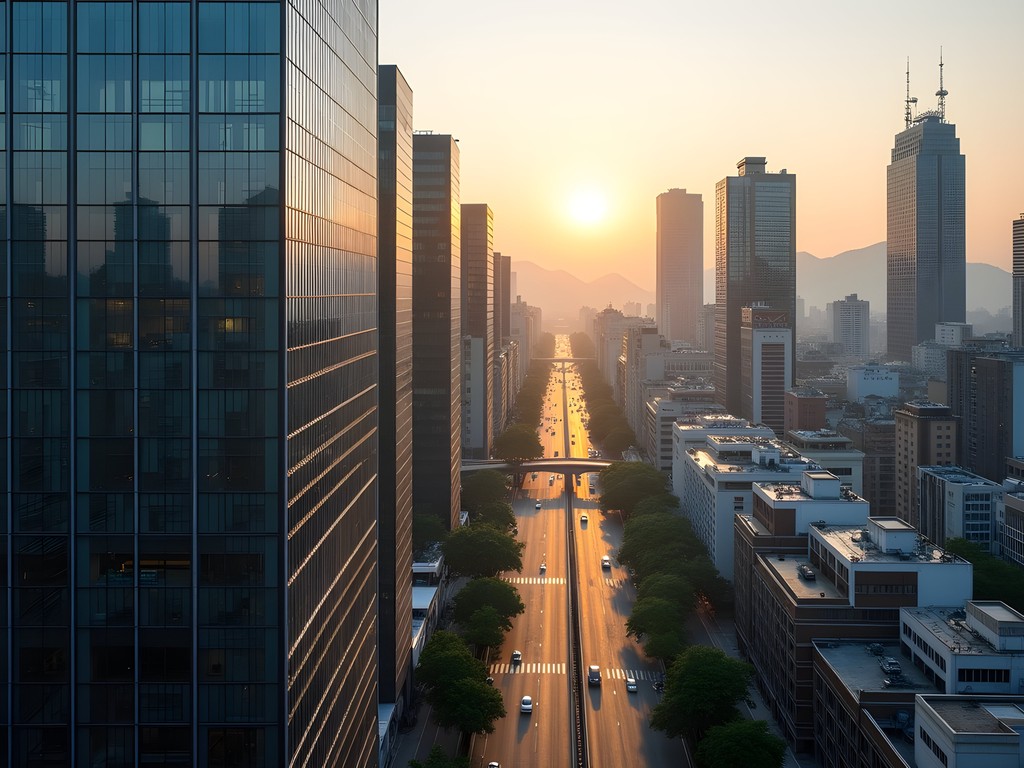
💡 Pro Tips
- Book a room on the north side of Andaz for views of Namsan Tower
- Request the hotel's business concierge service for meeting room reservations and document printing
- Visit Andaz's rooftop bar on Wednesday evenings when they host cultural performances
Bukchon Hanok Village: Traditional Korean Elegance
For business travelers seeking cultural immersion alongside luxury, Bukchon Hanok Village offers a remarkable contrast to Seoul's modern districts. Nestled between Gyeongbokgung and Changdeokgung Palaces, this preserved neighborhood of traditional Korean houses (hanoks) dates back to the Joseon Dynasty.
As a surveyor who specializes in documenting historical structures, Bukchon represents a living museum of architectural precision. The hanoks feature ingenious passive cooling systems, precisely angled roof pitches to manage seasonal precipitation, and meticulous joinery techniques that have withstood centuries without nails or screws.
Hotel Recommendation: Rakkojae Seoul
During a three-month project documenting traditional Korean construction techniques, I stayed at Rakkojae Seoul, a 130-year-old restored hanok that functions as an intimate luxury boutique hotel. The experience was transformative. My suite featured traditional ondol floor heating (modernized with temperature controls), handcrafted hanji paper walls, and a private courtyard where I enjoyed morning tea while reviewing my survey notes.
The property's attention to historical accuracy is impressive, yet they've seamlessly integrated modern necessities for business travelers. My room included concealed high-speed Wi-Fi, subtle USB charging stations, and an elegant writing desk positioned to maximize natural light—essential for my detailed documentation work.
The cultural immersion extends to their dining experience, where breakfast included a traditional Korean morning set served on antique brassware. The property's tea sommelier conducts private ceremonies using techniques I hadn't encountered since my formative internship in Kyoto, creating a meditative space before busy workdays.
For capturing the architectural details of Bukchon, I rely on my compact camera, which delivers professional-quality images of structural elements while remaining discreet enough to respect the neighborhood's residential character.
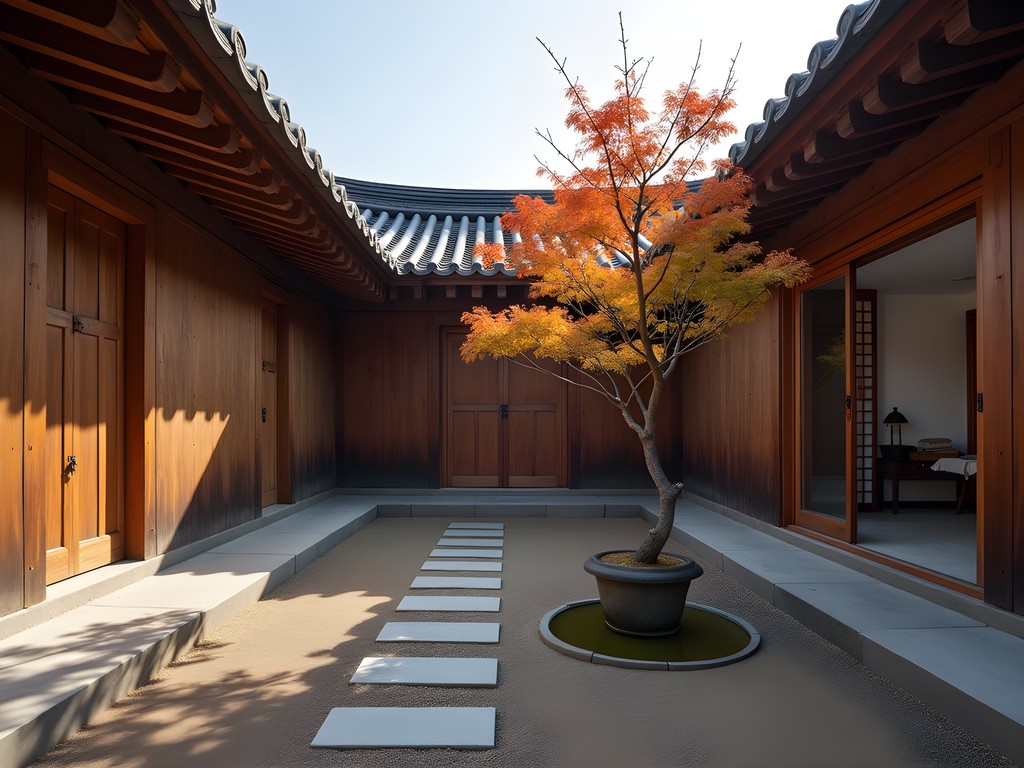
💡 Pro Tips
- Request Room 3 for the best balance of privacy and natural light
- Book the hotel's private tea ceremony at least one day in advance
- Ask the concierge to arrange a guided architectural tour of the neighborhood with an English-speaking expert
Yeonnam-dong: Creative Energy with Boutique Comfort
For business travelers seeking inspiration alongside luxury, Yeonnam-dong offers Seoul's most vibrant creative district. Originally a quiet residential area, this neighborhood transformed after the renovation of nearby Gyeongui Line into a linear park, catalyzing an influx of independent designers, artists, and entrepreneurs.
As someone who documents both physical structures and cultural patterns, I find Yeonnam-dong fascinating for its adaptive reuse of traditional buildings. Former family homes now house concept stores, architectural studios, and innovative cafés—all while maintaining their original structural integrity.
Hotel Recommendation: RYSE, Autograph Collection
During my recent project surveying Seoul's creative industry spaces, I based myself at RYSE in the adjacent Hongdae area. This design-forward boutique hotel functions as both accommodation and creative hub, with gallery spaces, a concept bookstore, and artist-designed suites.
My Editor Suite featured a workspace that rivaled professional design studios, with adjustable lighting systems, an expansive desk, and acoustically-treated walls that proved invaluable when I needed to conduct video conferences with my Minneapolis office. The room's curated art collection and architectural books provided welcome inspiration during evening downtime.
The hotel's commitment to supporting local creative talent extends to their amenities. Their custom bath products come from a local artisanal perfumer, room key cards feature commissioned artwork, and even the in-room stationery is produced by a neighborhood letterpress studio.
The property's location offers perfect access to Yeonnam-dong's independent boutiques and Seoul's western research facilities. After long days documenting spatial usage patterns, I particularly appreciated returning to RYSE's rooftop bar, where I could organize my field notes while watching sunset transform the city skyline.
For business travelers who need to navigate between meetings while capturing location data, I recommend the smart notebook which allowed me to digitize my field notes instantly while maintaining the precision of hand-drawn observations—an essential tool for my documentation process.

💡 Pro Tips
- Request a north-facing room above the 10th floor for the best city views and natural light
- Use the hotel's complimentary bike rental to explore Yeonnam-dong's narrow streets
- Visit the hotel's art gallery on Monday mornings when new exhibitions are typically installed
Seongsu-dong: Industrial Heritage Meets Luxury Innovation
Often called 'Seoul's Brooklyn,' Seongsu-dong represents my favorite type of urban evolution—where industrial heritage transforms into creative innovation without erasing historical context. As a surveyor who specializes in adaptive reuse documentation, this district exemplifies successful industrial conversion while maintaining architectural integrity.
Formerly dominated by shoe factories and warehouses, Seongsu-dong now houses design studios, tech startups, and artisanal workshops in thoughtfully renovated industrial spaces. The neighborhood retains its raw concrete aesthetics and visible infrastructure while introducing sophisticated new functions—a perfect metaphor for Seoul's broader urban development approach.
Hotel Recommendation: GLAD Mapo
During my extended project surveying Seoul's industrial heritage sites, I chose GLAD Mapo as my base for its proximity to Seongsu-dong via Seoul's efficient subway system. This boutique business hotel perfectly balances luxury amenities with practical functionality for professionals.
My Executive Room featured floor-to-ceiling windows overlooking the Han River—providing both inspiration and orientation as I planned each day's survey routes. The workspace included a full-sized desk with ergonomic seating and integrated technology ports, allowing seamless transitions between field documentation and data processing.
What particularly impressed me was the hotel's approach to business services. Their 24-hour business center includes private meeting pods with videoconference capabilities—which proved invaluable when I needed to discuss survey findings with international colleagues across multiple time zones. The staff demonstrated exceptional technical knowledge, helping me troubleshoot connectivity issues when transferring large data files.
The hotel's in-house restaurant specializes in elevated Korean comfort food, perfect after long days of physical fieldwork. Their breakfast service begins at 5:30 AM, accommodating early site visits, while their 24-hour room service meant I could maintain my productivity regardless of schedule.
For business travelers needing to document field observations while maintaining professional appearance, I recommend the travel blazer which I wore throughout my Seoul surveys. Its technical fabric resisted wrinkles despite being packed in my survey equipment bag, while maintaining a polished appearance for impromptu client meetings.
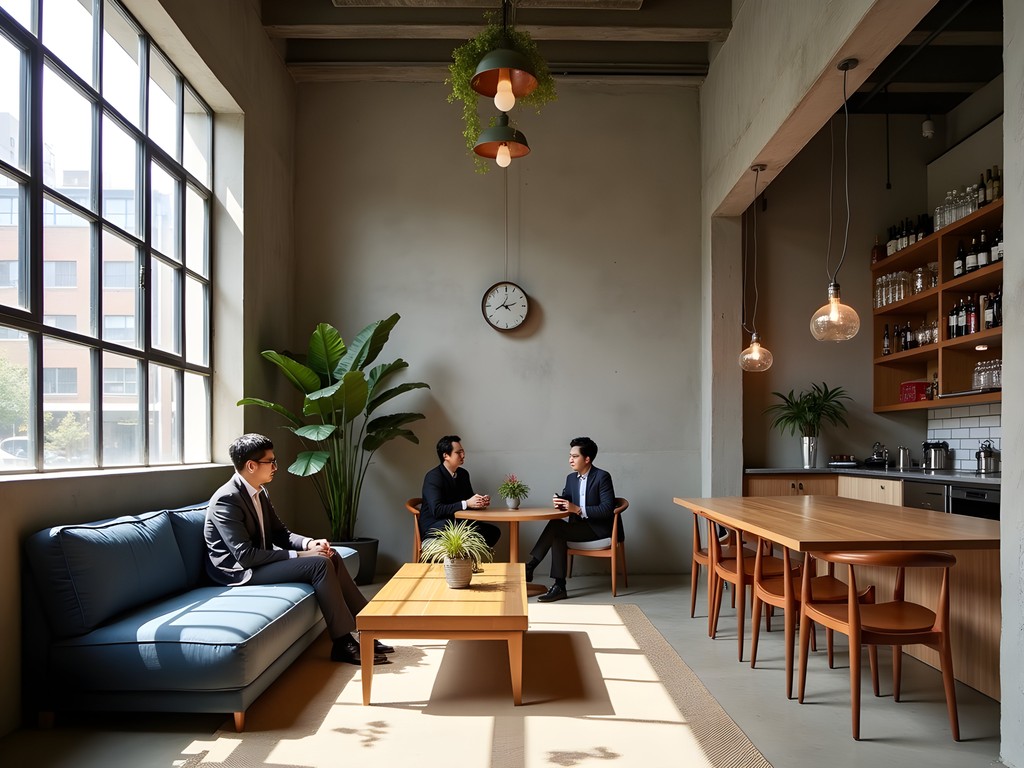
💡 Pro Tips
- Book a river-view room on floors 15-20 for the best views and minimal street noise
- Use the hotel's complimentary shuttle service to nearby subway stations during morning rush hour
- Request the hotel's boxed breakfast service when departing for early site visits
Jongno: Seoul's Historical and Cultural Heart
For business travelers seeking proximity to Seoul's governmental institutions and cultural landmarks, Jongno district offers unparalleled historical context alongside modern luxury. As a surveyor who documents both contemporary infrastructure and historical preservation, I find Jongno fascinating for its architectural juxtapositions—thousand-year-old palace compounds stand in direct conversation with gleaming corporate headquarters.
Jongno houses Gyeongbokgung Palace, the Blue House (Korea's presidential complex), numerous museums, and traditional markets like Gwangjang. The district's central location provides excellent transportation connections while its historical significance means building heights remain controlled, creating a more human-scaled urban experience than Seoul's newer districts.
Hotel Recommendation: Four Seasons Seoul
During my government-commissioned project documenting historical preservation techniques in Seoul, I stayed at the Four Seasons—a property that exemplifies how luxury hospitality can respectfully integrate with historical context. The hotel occupies a thoroughly modern building yet incorporates subtle references to Korean design principles throughout its architecture.
My Premier Room featured a workspace positioned to capture northern light—ideal for reviewing detailed survey drawings—along with technological amenities seamlessly integrated into the elegant design. The marble bathroom included a soaking tub that proved restorative after long days measuring historical structures.
What distinguishes this property for business travelers is their exceptional concierge service. When I needed last-minute access to a historical site normally closed to the public, their connections secured the necessary permissions within hours. Similarly, when I required specialized survey equipment delivered from Japan, they handled the complex customs procedures flawlessly.
The hotel's Korean restaurant, Yu Yuan, served the most refined interpretation of traditional royal court cuisine I've encountered—providing valuable cultural context for my documentation work. Their tea program features rare Korean varieties, including wild-harvested jaksul (sparrow's tongue) tea that reminded me of my formative experiences in Japanese tea culture.
For business travelers needing to capture precise measurements while maintaining mobility, I rely on my digital measuring tool which proved invaluable when documenting Jongno's historical structures with minimal physical contact.
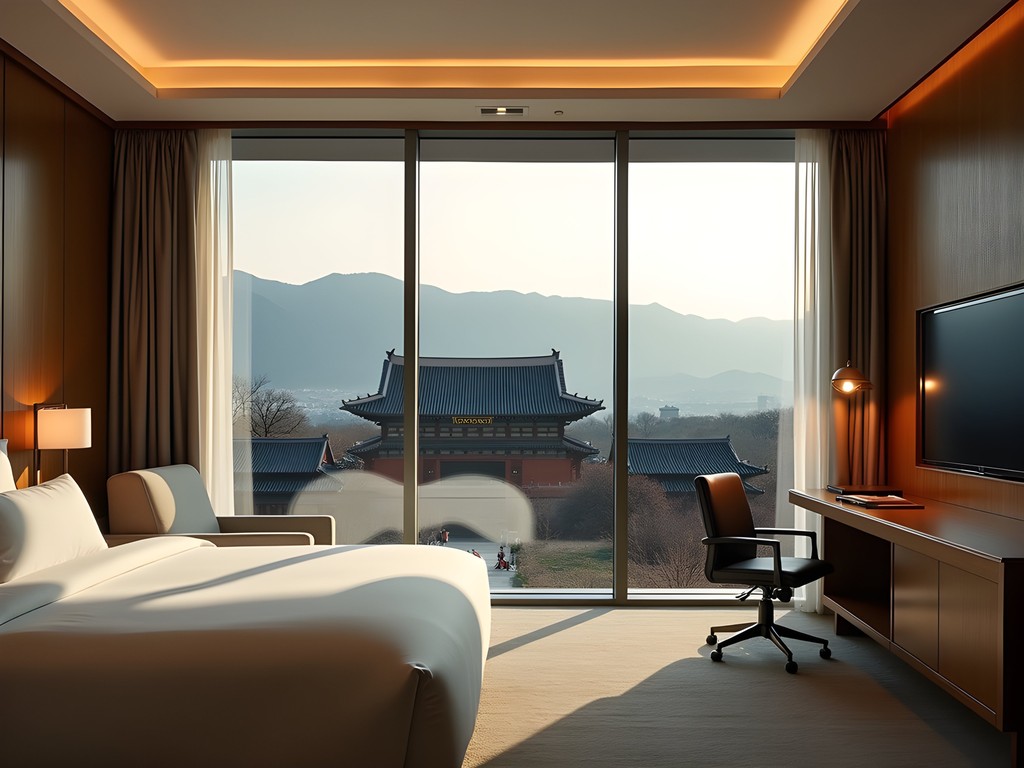
💡 Pro Tips
- Request a north-facing room for views of Gyeongbokgung Palace and natural light ideal for reviewing documents
- Book the hotel's Korean cultural experience package which includes private palace tours outside public hours
- Use the concierge's knowledge for government contact facilitation if your business involves public institutions
Final Thoughts
Seoul's distinctive neighborhoods offer business travelers remarkably different experiences within a single metropolitan area—from Gangnam's sleek efficiency to Bukchon's traditional elegance, Yeonnam-dong's creative energy to Seongsu-dong's industrial innovation, and Jongno's historical gravitas. As someone who regularly documents both physical structures and cultural practices across Seoul, I've found that choosing accommodations aligned with your business objectives significantly enhances both productivity and cultural understanding. The boutique properties highlighted in this guide excel not just in luxury amenities but in facilitating meaningful connections to their surroundings—whether through architectural design, cultural programming, or staff expertise. When planning your next business trip to Seoul, consider not just proximity to your meetings but the broader context each neighborhood provides. Your choice of district and hotel will fundamentally shape how you experience this remarkable city where precision engineering and cultural heritage harmonize in ways that continue to inspire my professional practice.
✨ Key Takeaways
- Choose Gangnam for corporate convenience and modern luxury
- Select Bukchon for cultural immersion in traditional Korean architecture
- Pick Yeonnam-dong for creative inspiration alongside business functionality
- Opt for Seongsu-dong access when focusing on innovation and industrial design
- Consider Jongno for proximity to governmental institutions and historical context
📋 Practical Information
Best Time to Visit
year-round, with spring (April-May) and fall (September-October) offering the most pleasant weather
Budget Estimate
$300-600 per night for luxury boutique accommodations
Recommended Duration
5-7 days for business trips with cultural exploration
Difficulty Level
Easy With Excellent Public Transportation And Widespread English In Luxury Establishments

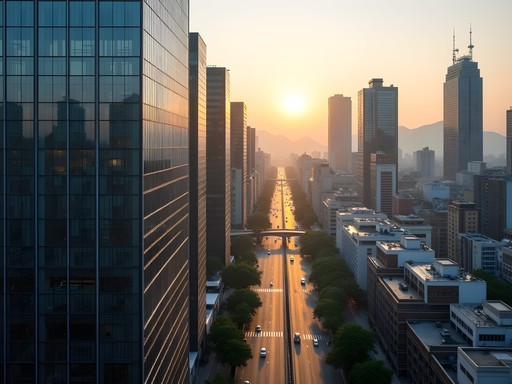
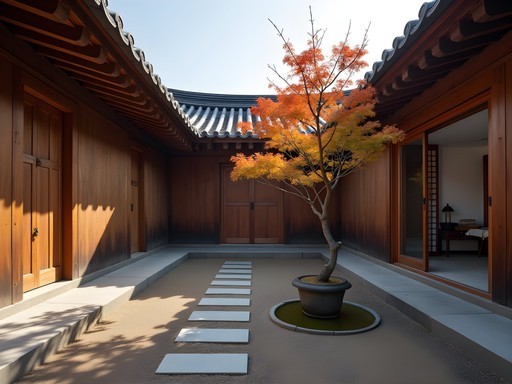
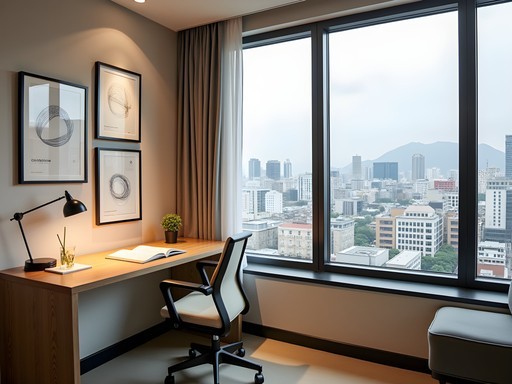
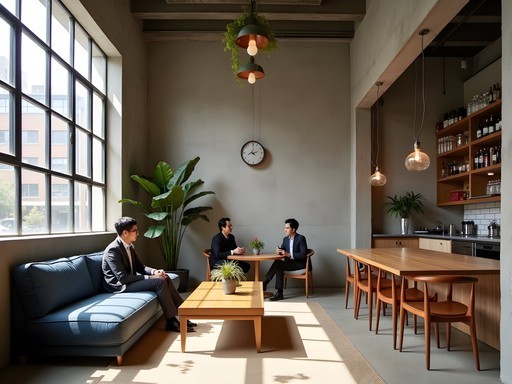




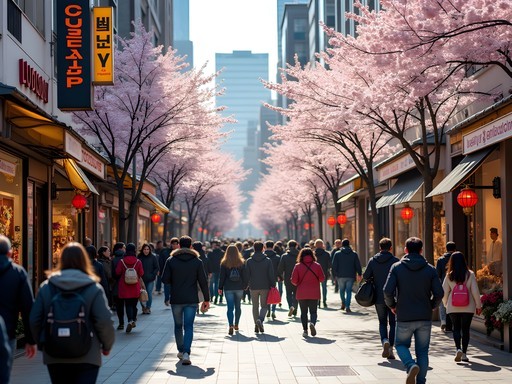
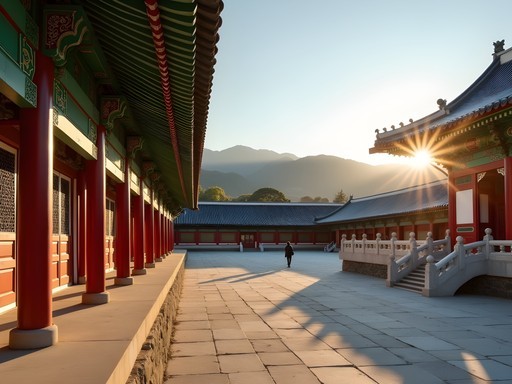
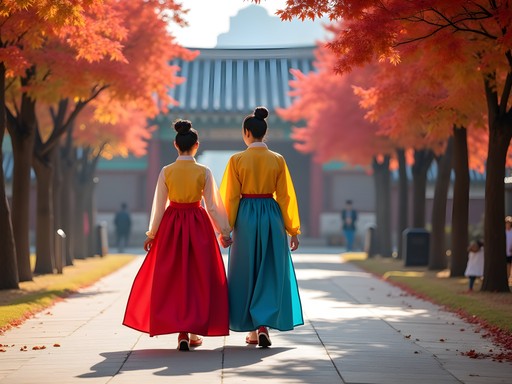



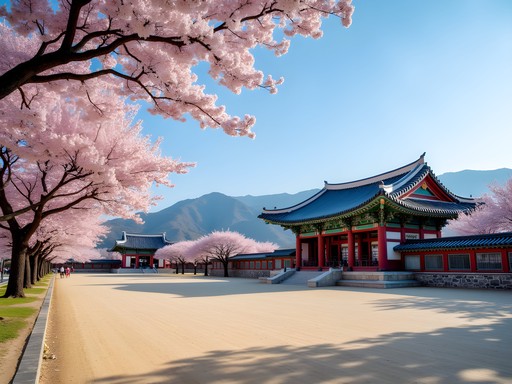
Comments
wanderlustbuddy
Just got back from Seoul and used this guide extensively! One tip for anyone staying in Gangnam - the Seoul Pocket Wifi was super helpful for navigating between meetings and finding all the hidden gems Christina mentioned. The connectivity in Seoul is amazing, but having reliable data made everything so much easier, especially for translating menus in those little underground restaurants!
mountainwalker
Love the photos of Bukchon! Those traditional rooftops against the modern skyline are just stunning.
coffeepro
Anyone stayed in that Hotel Cappuccino in Gangnam that Christina mentioned? Thinking of booking it for my trip in November.
escapeninja
I stayed there last year! Really cool concept hotel with a nice rooftop and they have this 'earn & giveaway' program where you can donate to local causes. Great location too, about 5 min walk to the subway.
travelace
First time going to Seoul next month! If you had to pick just one of these neighborhoods for a 3-day visit, which would you recommend?
Christina Griffin
For a first-timer with just 3 days, I'd suggest Yeonnam-dong. It's central, walkable, and gives you a taste of both trendy and traditional Seoul. Plus the subway connections make it easy to visit other areas during day trips!
travelace
Thank you! Just booked a place in Yeonnam-dong based on your advice. Can't wait!
Mason Ferrari
Having spent considerable time in Seoul over the past decade, I appreciate Christina's surveyor perspective on the city's distinct neighborhoods. One additional consideration for business travelers: Jongno district offers proximity to government offices and traditional businesses while still providing access to historical sites like Gyeongbokgung Palace during downtime. The transportation infrastructure connecting these neighborhoods deserves special mention - Seoul's integrated transit card system allows seamless movement between these distinct areas, essentially giving you access to multiple experiences within one city.
freefan
The subway in Seoul is amazing - you can stay anywhere and get around easily!
cityqueen
Is it easy to navigate if you don't speak Korean?
freefan
Super easy! Everything is in English too, and the app Naver Map works great. Just get a T-money card when you arrive.
starguy
Great post! Bookmarking this for my trip next spring.
Casey Andersson
I stayed in Bukchon Hanok Village last summer and it was an absolute dream! The contrast between stepping out of a traditional hanok in the morning and then being in the middle of modern Seoul by afternoon was surreal. I loved the Rakkojae Seoul hanok hotel you mentioned - the heated floors were heaven after long days exploring. The only thing I'd add is that Bukchon can be quite hilly, so comfortable shoes are essential. Also worth noting that many cafes in the area close early compared to other neighborhoods. The morning light there is spectacular for photography though!
wanderlustbuddy
Those hills in Bukchon are no joke! My calves were burning after day one, but totally worth it for the views.
adventurepro
Just booked my trip to Seoul for November and this couldn't have come at a better time! The neighborhood breakdown is exactly what I needed.
Christina Griffin
So glad the timing worked out! Feel free to ask if you have any specific questions about the neighborhoods.
adventurepro
Thanks Christina! How easy is it to travel between these neighborhoods? I'm torn between staying in Bukchon for the traditional vibes or Gangnam for convenience.
escapeninja
I've stayed in both Yeonnam-dong and Seongsu-dong on different trips and they're SO different but both amazing! Yeonnam has this cozy, creative vibe with the best cafes (seriously, coffee heaven) and cute boutique shops. Perfect for a relaxed stay. Seongsu was much more industrial-chic with all those converted warehouses. I used my pocket wifi to find hidden gems in both neighborhoods. Christina's hotel recommendations are spot on - especially that rooftop bar at the RYSE Hotel she mentioned!
Venture X
Premium card with 2X miles, $300 travel credit, Priority Pass